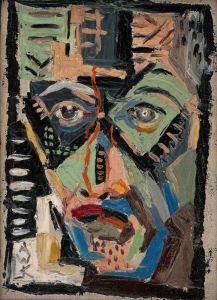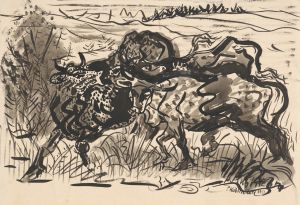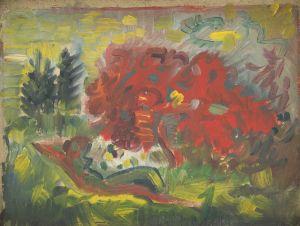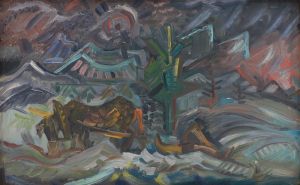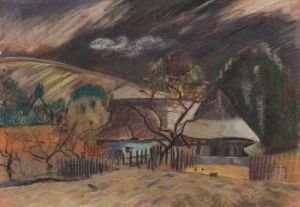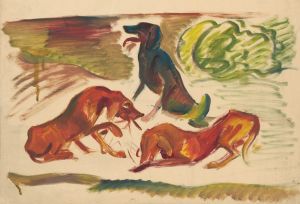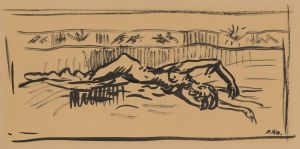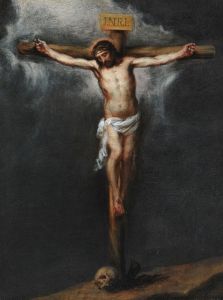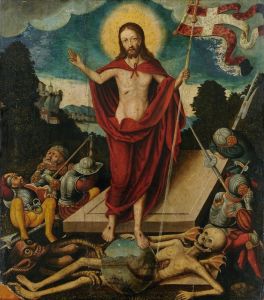
Ležiaci pred krucifixom
A hand-painted replica of Arnold Peter Weisz-Kubínčan’s masterpiece Ležiaci pred krucifixom, meticulously crafted by professional artists to capture the true essence of the original. Each piece is created with museum-quality canvas and rare mineral pigments, carefully painted by experienced artists with delicate brushstrokes and rich, layered colors to perfectly recreate the texture of the original artwork. Unlike machine-printed reproductions, this hand-painted version brings the painting to life, infused with the artist’s emotions and skill in every stroke. Whether for personal collection or home decoration, it instantly elevates the artistic atmosphere of any space.
Arnold Peter Weisz-Kubínčan was a Slovak-Jewish painter born in 1898 in Hungary (modern-day Slovakia). He is known for his unique artistic style that combined elements of Expressionism, Cubism, and Symbolism. His works often reflected deep spiritual and philosophical themes, as well as the cultural and social tensions of his time. Unfortunately, much of his life and work were overshadowed by the events of World War II and the Holocaust, during which he was tragically killed in 1944.
One of his notable works, Ležiaci pred krucifixom (translated as Lying Before the Crucifix), exemplifies his ability to convey profound emotional and spiritual depth through his art. The painting depicts a figure lying prostrate before a crucifix, a powerful symbol of suffering, redemption, and faith. The composition is marked by its dramatic use of color, form, and texture, which evoke a sense of introspection and existential struggle. The work reflects Weisz-Kubínčan's interest in exploring themes of human vulnerability, spirituality, and the search for meaning in the face of adversity.
Weisz-Kubínčan's artistic output was deeply influenced by his Jewish heritage and the cultural milieu of Central Europe in the early 20th century. His works often incorporated religious and mystical motifs, blending them with modernist techniques to create a distinctive visual language. Despite his talent, his career was cut short by the rise of Nazism and the persecution of Jews during the Holocaust. Many of his paintings were lost or destroyed during this period, making the surviving works, including Ležiaci pred krucifixom, all the more significant.
Today, Weisz-Kubínčan's art is recognized for its emotional intensity and innovative approach to form and symbolism. His surviving works are considered important contributions to Slovak modern art and serve as a testament to his resilience and creativity in the face of unimaginable hardship. Ležiaci pred krucifixom stands as a poignant reminder of the artist's vision and the enduring power of art to express the complexities of the human experience.







